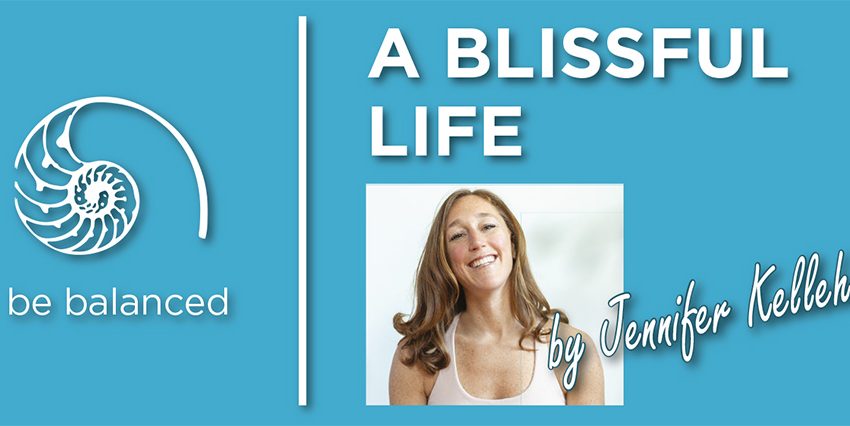Pleasure Vs. Joy

By Jennifer Kelleher
As we settle into today’s article, I invite you to reflect: How are your short-term pleasures affecting your long-term well-being?
On his podcast with Dr. Anna Lembke covering the neuroscience of addiction, Rich Roll says, “In many ways our world has evolved from one of scarcity to one of overabundance, and we find ourselves ever-orienting our lives around the pursuit of pleasure and the avoidance of pain, and in so doing we set ourselves up to experience the very pain we so desperately seek to avoid.”
Living in a culture that gets rich off of getting us addicted has turned us into a dopamine-driven society. Today, many of the things we recognize as common comforts are actually setting us up for long-term discomforts. Constantly pursuing dopamine can make us feel good and forget about our pain temporarily, but the end result is feeling worse than when we started. Mental health disorders are substantially higher than they were 30 years ago, and they continue to rise. So, my question becomes, how can we call back our natural joy and set ourselves up for a long, happy, healthy life?
In the podcast mentioned above, Dr. Lembke explains what dopamine is and how it works. I found understanding a bit about the science behind our impulses to be incredibly empowering and reorienting. To summarize, dopamine is a “feel-good” chemical in the brain involved in motivation and reward. What makes something addicting is that it triggers the release of a lot more dopamine than something that is non-addictive. Our body makes dopamine to maintain a baseline, and when we do something that is rewarding, we get a rise in this chemical and a blast of pleasure. To give you an idea, dopamine levels are increased about 50% from chocolate, 100% from sex, 150% from alcohol and nicotine, and 1,000% from methamphetamines. The thing is, the dopamine/pain scale in our brain wants to stay level, so as soon as you engage in an activity that surges dopamine, your body is working to balance it out by tipping the scale toward equal pain (like a pendulum). This is why often the pleasure from a big dopamine rush is fleeting and followed by an equally intense “hangover” period. During the “hangover”, you are likely to crave more of what gave you the initial pleasure. If you do not engage, your dopamine scale will eventually restore balance and the craving will pass. However, if you do engage, you will create an even larger dopamine-deficit and continuously need more of whatever is giving you pleasure, not to feel exceptionally good, but just to feel normal. When you finally do stop using or engaging, your scale will tip heavily to the side of pain, and symptoms, such as irritability, depression, anxiety, and insomnia, can last a while before leveling out.
To get off the hamster wheel, remember that what we focus our attention on becomes magnified. What activities or elements of your routine are leading you toward a bright and joyful future?
Yoga, for example, is a practice that provides immediate and long-term benefits. Eating well can also change how you feel pretty immediately and will enhance your overall quality of life. Although it may be uncomfortable at first, unplugging from the dopamine drip and getting into the habit of doing things that are good for you will help you stabilize your mood and regain your joy and good health.
We invite you to Ocean Bliss Yoga Studio for daily classes and monthly workshops. Explore our schedule online at oceanblissyoga.net. Join us for our quarterly book club (“Once There Were Wolves”) on Wednesday, May 24 at 7 p.m. Free, all are welcome.


